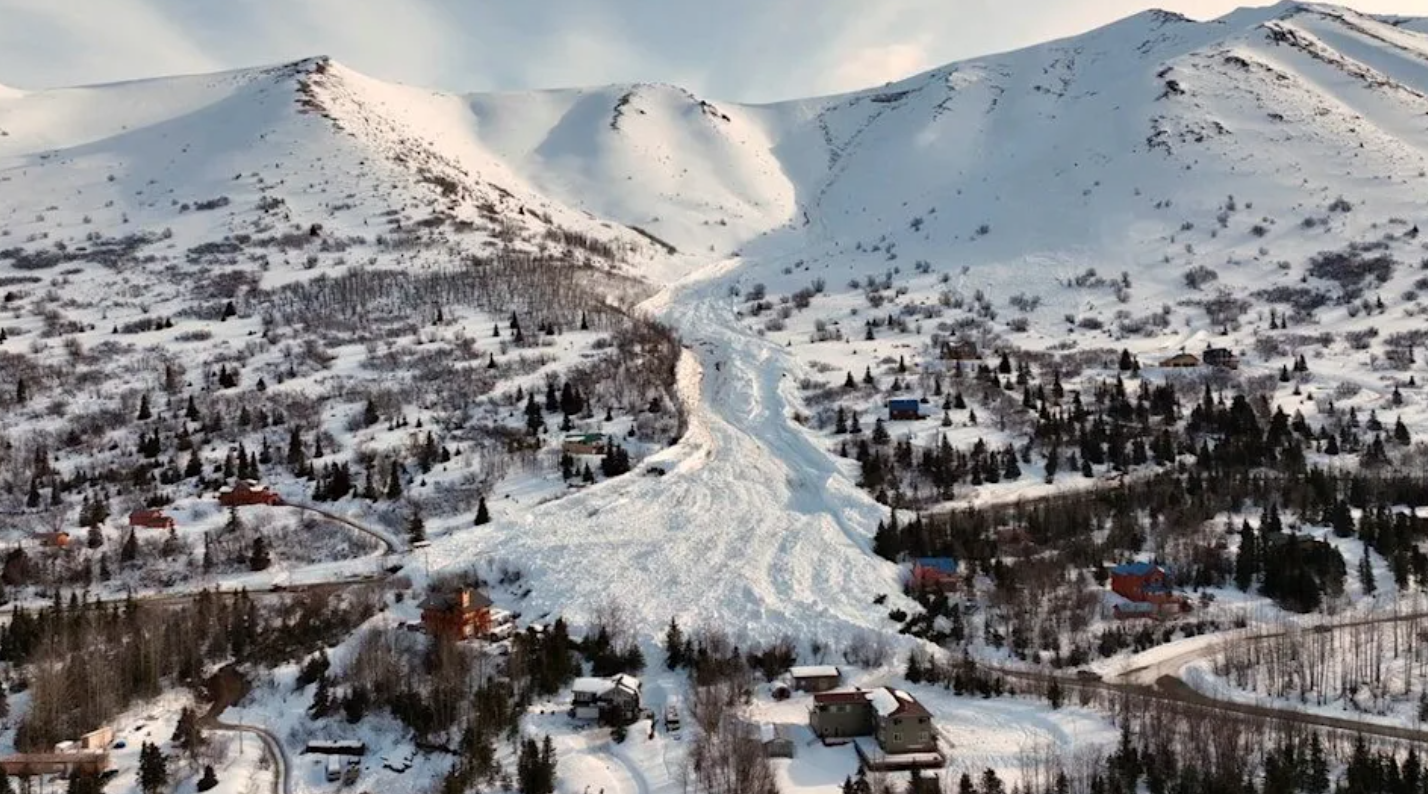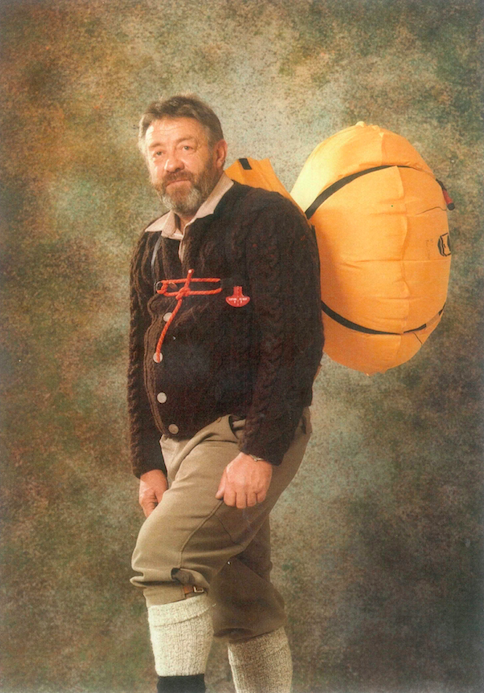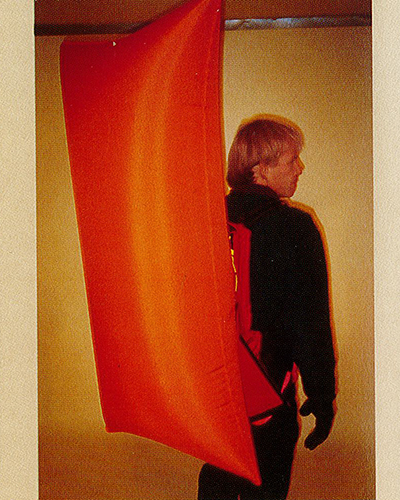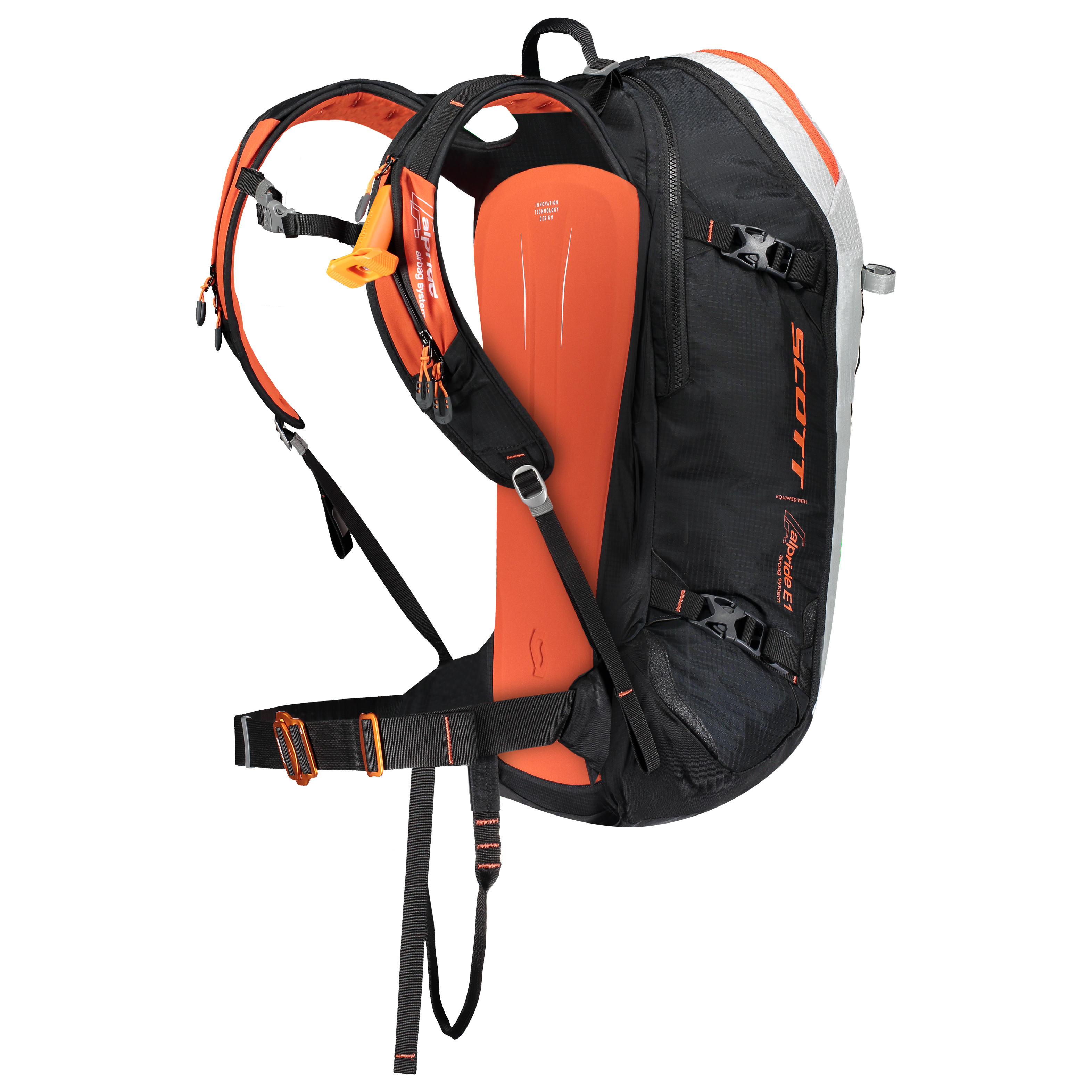
Imagine you are freeskiing in the backcountry of your favorite mountain. You’ve finished warming up on a few trails, and now you’re prepared to tackle some more difficult terrain. All of a sudden, the snow starts cracking under you and you hear a loud, terrifying noise: WHUMPH. An avalanche is coming, and there is nothing you can do to stop it. If you do not act quickly, the result could be fatal.
The biggest risks backcountry skiers face are avalanches. An avalanche can begin out of nowhere, and once they start there is not much one can do to avoid the consequences that follow. However, the fatality level of an avalanche can be reduced with an avalanche safety kit including an avalanche airbag, probe, shovel, and beacon. The avalanche airbag is the newest addition to avalanche prevention safety measures. The device, when used properly, can significantly reduce the chances of being buried in the snow.
Avalanche airbags were created in 1985 by avalanche survivor Josef Hohenester. According to researchers Graham Brant-Zawadzki, Scott E. McIntosh, and Brendan Milliner at the University of Utah, Hohenester stumbled across the discovery of the airbag completely by accident.

One day, Hohenester was skiing in the backcountry when an avalanche began to threaten his life. Before the avalanche engulfed him, he was able to quickly create the first-ever airbag by attaching a deer carcass to his back. Hohenester knew that strapping the carcass onto his back would help him safely traverse down the mountain without being buried. The University of Utah researchers say Hohenester’s background as a Bavarian forest ranger helped him know to use the deer carcass as a makeshift flotation device.
The deer carcass worked as a makeshift airbag because of a scientific principle called granular segregation. According to the researchers at the University of Utah, granular segregation occurs when alternating layers of snow push larger avalanche particles to the top of the mountain. Smaller particles then replace the large particles and create a slide in which skiers can exit the avalanche. The carcass, attached to Hohenester’s back, alternated the layers of snow tumbling down in the avalanche, and Hohenester was guided towards the slide created by smaller snow particles. Hohenester’s near-death experience is what drove him to create a functional device that would help all skiers navigate and survive future avalanche encounters.
Hohnester partnered with ABS Protection GmbH to create the first fully-functional avalanche airbag. ABS is a ski protection product manufacturer that is still researching future ways to improve the avalanche airbag design. Together ABS and Hohnester launched the original airbag model that hit the market in 1985.

Like any first draft, the model came with some major design flaws. The original product was large, bulky, heavy, and hard to use in a life-or-death situation. The airbag barely deflated and took up a massive amount of space on a skier’s back due to its circular shape. Avalanche airbags were originally marketed toward skiers as a luxury item, so the product was also out of many skiers’ price ranges at its inception.
Because of all of these factors listed above, it seemed like the avalanche airbag was a good idea in theory, but a poor plan in execution. Many buyers were skeptical to buy the product because an airbag can not 100% save you from an avalanche. However, this negative attitude towards the product quickly changed once researchers began to research the positive benefits of owning an airbag.
According to GearJunkie, the most effective research on avalanche airbags is being conducted by Pascal Haegeli, Ph.D. Throughout Haegeli’s 20-year research on the benefits of avalanche airbags, he found that using the airbag minimizes a person’s chances of being buried by 20%. He also noted that the main reason the airbags do not work is that many airbags must be manually deployed. This allows for high levels of human error, and it is a limitation associated with the product. Other research has supported these findings, and there became a push to create airbag designs that are functional, affordable, and reduce user error.

Luckily, the research findings motivated gear manufacturers to create innovative avalanche airbag models to protect skiers. The market for avalanche airbags has blown up since 1985, providing skiers with seemingly endless models to choose from. Today, an avalanche airbag is optimized with all functions skiers are looking for to keep them safe in dangerous conditions. Many manufacturers such as Scott Sports have created compact avalanche airbags that are deployable from a backpack. The backpack design allows skiers to maximize space while being prepared for a worst-case scenario moment.
Most people understand that backcountry skiing and avalanche awareness go hand-in-hand. It is still important to always spread safety information regarding avalanche airbags with fellow backcountry skiers. An avalanche airbag system can save a life.
Miles Clark recently came face-to-face with an avalanche in the backcountry of Revelstoke, BC. He was able to make it out of the situation because he was wearing an avalanche airbag. He quickly deployed the device and slid to safety. Without the airbag, who is to say if he would have been so lucky.
Absolutely incredible safety device.
But avalanche safety still comes down to very simple and basic tools.
The DECISION to venture into such terrain and conditions.
Risk averse or risk aware, its a decision.
Cognitive awareness is a mindful behavioral principle which includes the awareness of not putting others at risk like searchers and first responders.
So just cause you may have level 3 avy certification and airbags etc, does not mean you are safe.
Its about decision making processes and awareness.
Cmon peeps smarten up pluuueeese.